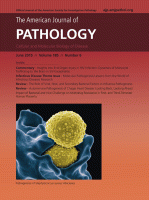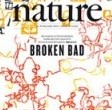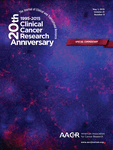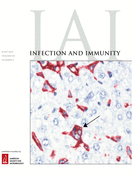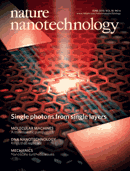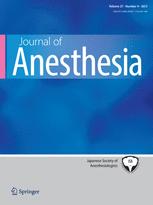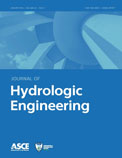 Editors of the Journal of Hydrologic Engineering are retracting an editorial that presents guidelines for publishing in the journal because they mistakenly published it twice – once in June and once in November of last year.
Editors of the Journal of Hydrologic Engineering are retracting an editorial that presents guidelines for publishing in the journal because they mistakenly published it twice – once in June and once in November of last year.
(Presumably, one of the guidelines is to not publish the same article twice.)
Although the duplication was accidental, the corresponding author told us he wasn’t disappointed to learn more eyes may have seen the article: “It would not bother me if it were published in every issue.”
Here’s the retraction notice:
Continue reading Retraction after engineering journal presents new publishing guidelines — twice

